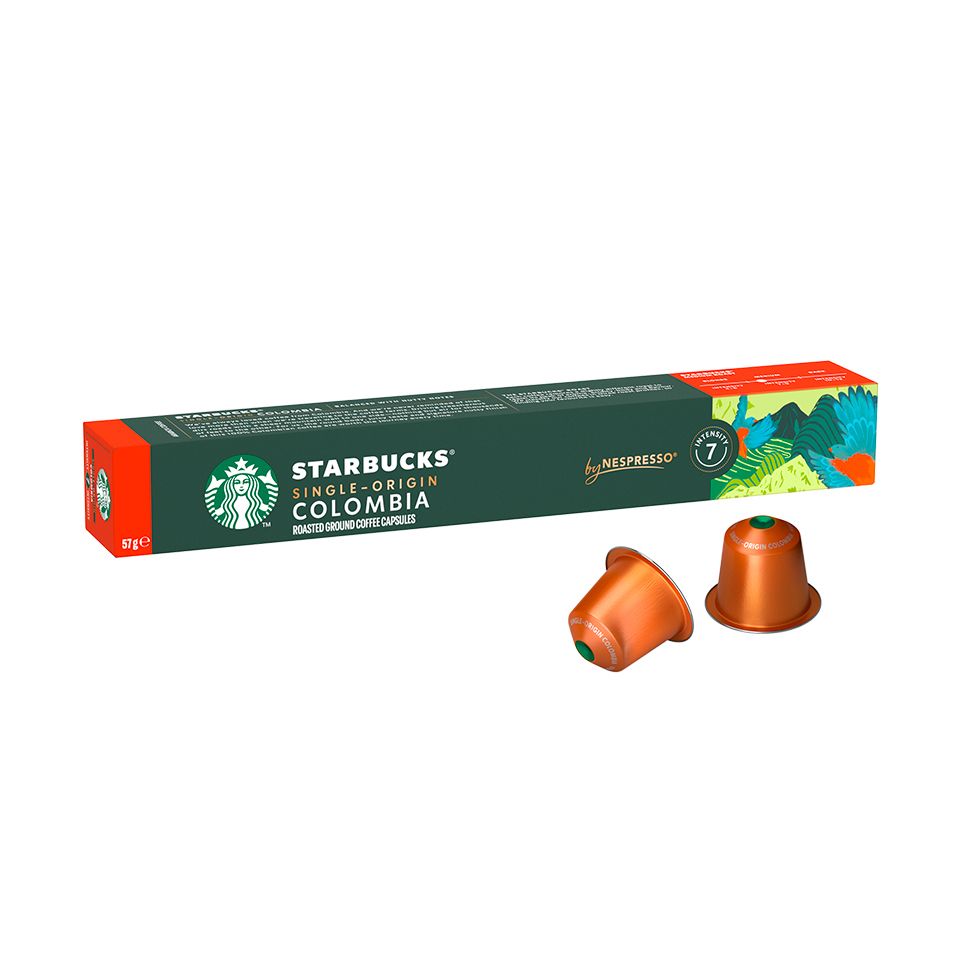The Coffee Lover’s Guide to SOE Single Origin Espresso Selections
The Coffee Lover’s Guide to SOE Single Origin Espresso Selections
Blog Article
Coffee Beans 101: Everything You Required to Learn About Coffee and Blended Coffee Beans
When it involves coffee, comprehending the subtleties of espresso and combined beans can change your everyday cup. You'll find the unique attributes of Arabica and Robusta beans, and just how each impacts flavor and caffeine content. From the growing process to toasting strategies, every step contributes in your coffee experience. What makes the ideal mixture? Let's explore the important components that contribute to a remarkable mug of coffee.
Understanding Coffee Beans: Kinds and Selections
When diving into the globe of coffee, understanding the types and ranges of coffee beans is important for every single lover. You'll mainly experience two primary types: Arabica and Robusta. Arabica beans are understood for their smooth, intricate tastes and lower high levels of caffeine web content, making them a preferred amongst coffee aficionados. On the various other hand, Robusta beans load a punch with a more powerful, extra bitter taste and higher caffeine levels, typically utilized in espresso blends.
Within these species, you'll find numerous local varieties, each bringing one-of-a-kind qualities. For example, Ethiopian Yirgacheffe uses bright floral notes, while Colombian beans provide a healthy taste profile. As you discover, bear in mind to take note of handling techniques like cleaned or all-natural, as they can significantly affect the last taste. By familiarizing on your own with these beans and their tastes, you'll raise your coffee experience and make more educated choices in your brewing journey.
The Growing Process: From Seed to Bean
When you check out the journey of coffee, it all begins with seed selection strategies that establish the foundation for top quality. From there, cultivation and harvesting play essential functions in making sure the beans flourish. Processing techniques change those harvested cherries into the coffee beans you enjoy.
Seed Choice Strategies
Choosing the right seeds is necessary for producing high-grade coffee beans, as it lays the foundation for the whole growing process. You need to start by picking seeds from reliable resources that prioritize quality and hereditary variety. Try to find varieties recognized to flourish in your specific climate and dirt conditions. Pay attention to the seed's age and storage space conditions, as fresh seeds often tend to sprout better. When feasible, go with natural seeds to minimize direct exposure to hazardous chemicals. Think about the illness resistance of various ranges, as this can significantly affect your yield. Do not hesitate to seek advice from with regional farmers or specialists to get understandings into the finest seed options for your region. This expertise will certainly enhance your coffee-growing experience.
Growing and Harvesting
As you support your coffee seeds right into thriving plants, understanding the farming and harvesting procedure is crucial for accomplishing the most effective taste and top quality. Begin by growing your seeds in well-draining soil, ideally in a shaded area to shield them from direct sunlight. As your plants expand, preserve consistent dampness, and bear in mind their need for nutrients. Trim routinely to promote air flow and healthy development.
Hand-picking is usually the finest method to assure only the ripest cherries are picked. Timing is important; collecting as well early or as well late can influence the flavor account of your beans.

Processing Methods Explained
As soon as you've gathered your coffee cherries, the next essential step is refining them to transform those vibrant fruits right into the beans you'll make. There are two major techniques: the damp process and the completely dry process. In the dry procedure, you spread the cherries out in the sunlight to dry, permitting the fruit to ferment and give distinct tastes to the beans. On the other hand, the damp process involves eliminating the fruit instantly and fermenting the beans in water, leading to a cleaner taste. After handling, the beans are hulled, arranged, and generally dried out again. Each method impacts the flavor profile, so try out both can aid you discover your preferred mixture. Comprehending these approaches is crucial to appreciating your coffee experience.
Toasting Techniques: Exactly How Taste Is Established
When it comes to roasting coffee beans, recognizing roast levels is crucial to disclosing their distinct tastes. Each roasting method impacts the scent and boosts the flavor advancement process, offering you a richer coffee experience. Allow's discover how these factors integrated to raise your daily mixture.
Roast Levels Explained
Roast degrees play an essential duty in shaping the taste account of your coffee. You'll take pleasure in brilliant acidity and fruity notes when you choose a light roast. As you relocate to a medium roast, you'll notice an equilibrium of sweetness and complexity, typically highlighting chocolate or caramel tastes. Dark roasts, on the other hand, provide vibrant, smoky characteristics with much less acidity, making them rich and the original source durable. Each degree arises from different roasting times and temperatures, impacting the beans' chemical structure. By comprehending these levels, you can much better select a coffee that matches your preference preferences. Experiment with different roasts to discover which one resonates with article you, boosting your overall coffee experience and satisfaction.
Influence On Fragrance
The roast level not just affects the preference of your coffee but also substantially affects its fragrance. Each roasting strategy releases different unstable compounds, shaping how your coffee smells. In addition, the quality of the beans plays an important function; freshly baked coffee releases a lot more fragrant oils, enhancing that luring scent.
Taste Development Refine
As you discover the taste advancement procedure, you'll discover that roasting techniques play a crucial function in forming the taste profile of your coffee. The roasting temperature and time directly affect the acidity, sweetness, and anger of the beans. Light roasts retain even more of the bean's initial flavors, highlighting fruity and flower notes.
Coffee vs. Blended Coffee: Secret Differences
Espresso and mixed coffee each offer distinct experiences that accommodate different preferences and preferences. Coffee is a focused coffee brewed forcibly hot water via finely-ground coffee beans, leading to an abundant, bold flavor and a velvety layer of crema on the top. It's commonly delighted in as a shot or made use of as a base for beverages like lattes and cappuccinos.
On the various other hand, blended coffee integrates numerous beans from different regions, producing a much more balanced taste profile. You'll often find blends that highlight sweetness, body, or acidity, making them functional for various brewing approaches. While espresso focuses on intensity, blended coffee might supply a broader variety of flavors that can change with each sip.
Eventually, your option between espresso and combined coffee come down to your personal choice. Whether you hunger for a leisurely mug or a fast jolt, both alternatives have something scrumptious to provide.

Brewing Methods: Opening the Perfect Cup
When it concerns developing coffee, finding the right approach can change your experience and boost your mug. Each brewing strategy has its one-of-a-kind appeal and can substantially influence your coffee's taste and fragrance. Utilizing a French press allows you to appreciate a abundant and robust brew, while a pour-over approach provides a tidy, intense cup with distinctive tastes.
If you choose espresso, investing in a quality equipment can assist you master the art of drawing shots. For comfort, a single-serve pod system supplies speed without compromising taste.
Do not forget regarding cool brew, which delivers a smooth, less acidic coffee perfect for hot days. Experiment with different techniques to uncover what reverberates with your taste buds.
Sampling Notes: Identifying Taste Profiles
Just how can you absolutely value your coffee if you don't know what tastes to look for? Sampling notes are your overview to understanding the complicated globe of coffee. Pay attention to the initial flavors that hit your palate when you drink. You may detect fruity notes, like berry or citrus, or perhaps a nutty undertone. As you continue to taste, see how the tastes advance-- this is referred to as the "coating." Some coffees could leave a chocolatey or caramel aftertaste, while others may have a bright, clean surface.
Think about the body of the coffee, as well; is it light and airy or thick and see this site syrupy? Don't fail to remember level of acidity; a brilliant level of acidity can add sprightliness, while a reduced acidity might give a smoother experience. By identifying these flavor accounts, you'll grow your link with each mug, making coffee sampling a wonderful journey of exploration.

Tips for Selecting and Storing Coffee Beans
Picking and keeping coffee beans effectively can significantly enhance your developing experience. Beginning by choosing high-grade beans that fit your preference. Seek quality; beans roasted within the last two weeks are optimal. Examine the roast day on the packaging, and acquire from regional shops or reputable roasters.
When you have your beans, store them in a closed container to stop direct exposure to dampness, air, and light. A dark, cool place works best, so avoid maintaining them in the refrigerator or fridge freezer, as this can introduce dampness. Just grind the amount you require to maintain quality; whole beans retain taste longer than pre-ground coffee.
Finally, attempt to use your beans within two to 4 weeks after opening for peak taste. Adhering to these ideas will assure your coffee remains flavorful and delightful, elevating your daily brew to new heights.
Regularly Asked Concerns
For How Long Do Coffee Beans Keep Fresh After Toasting?
Coffee beans remain fresh for regarding two weeks after toasting - SOE. You should save them in an impermeable container, away from light and moisture. Afterwards, their flavor and scent begin to lessen considerably

Can I Mix Different Coffee Bean Varieties?
Absolutely, you can mix different coffee bean varieties! Try out blends can enhance flavors and create an unique taste account. Simply see to it to balance the staminas and features of each selection for the best results.
What Is the Suitable Grind Size for Espresso?
For espresso, you'll desire a fine grind dimension, about the structure of salt. This allows perfect extraction, resulting in an abundant, delicious shot. Experiment a little bit to find what fits your preference best!
How Does Altitude Affect Coffee Bean Taste?
Altitude affects coffee bean flavor by affecting the development rate and chemical composition. Greater elevations cause slower maturation, which enhances level of acidity and intricacy, offering your coffee a special and lively preference you won't fail to remember.
Exist Decaffeinated Versions of Coffee Beans?
Yes, there are decaffeinated versions of espresso beans. You can take pleasure in a rich coffee flavor without the caffeine kick. Just try to find "decaf" blends at your local coffeehouse or specialized shop.
Coffee Beans 101: Every Little Thing You Need to Know Concerning Espresso and Blended Coffee Beans.
When diving right into the globe of coffee, understanding the types and selections of coffee beans is crucial for every lover.When it comes to toasting coffee beans, understanding roast levels is crucial to revealing their special flavors. Espresso is a focused coffee made by requiring hot water with finely-ground coffee beans, resulting in a rich, strong flavor and a velvety layer of crema on top.On the other hand, mixed coffee combines different beans from various areas, creating a much more well balanced taste account.
Report this page